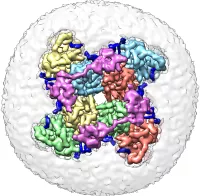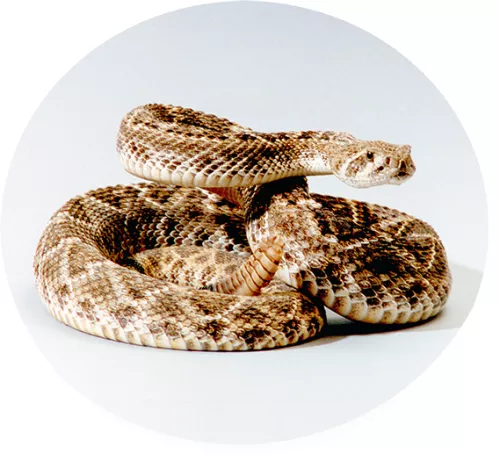Molecules, cells, and mechanisms underlying nociception and pain

Nociception is the process whereby specialized somatosensory nerve fibers (nociceptors) detect noxious stimuli and transmit this information to the spinal cord and brain, ultimately evoking a percept of discomfort or pain. Nociceptors are faced with the complex task of detecting disparate environmental and endogenous signals of both a physical and chemical nature, including temperature, pressure, irritants, pruritogens, and inflammatory agents. Consequently, nociceptor activation elicits acute pain as well as injury-evoked pain hypersensitivity, and can contribute to so-called ‘maladaptive’ processes underlying persistent pain syndromes. Our goal is to understand how nociceptors detect and integrate these signals in response to changing environmental or physiological conditions. We have exploited the vast chemical ‘space’ of natural product pharmacology to identify and characterize ion channels and sensory neuron subtypes that contribute to distinct nociceptive modalities, with an emphasis on members of the TRP ion channel family. We use genetic, biophysical, and biochemical methods to elucidate mechanisms underlying channel function, including stimulus detection, drug binding, and gating. Our research program provides a foundation for developing novel analgesic agents.
Unique sensory systems as windows into evolutionary adaptation


